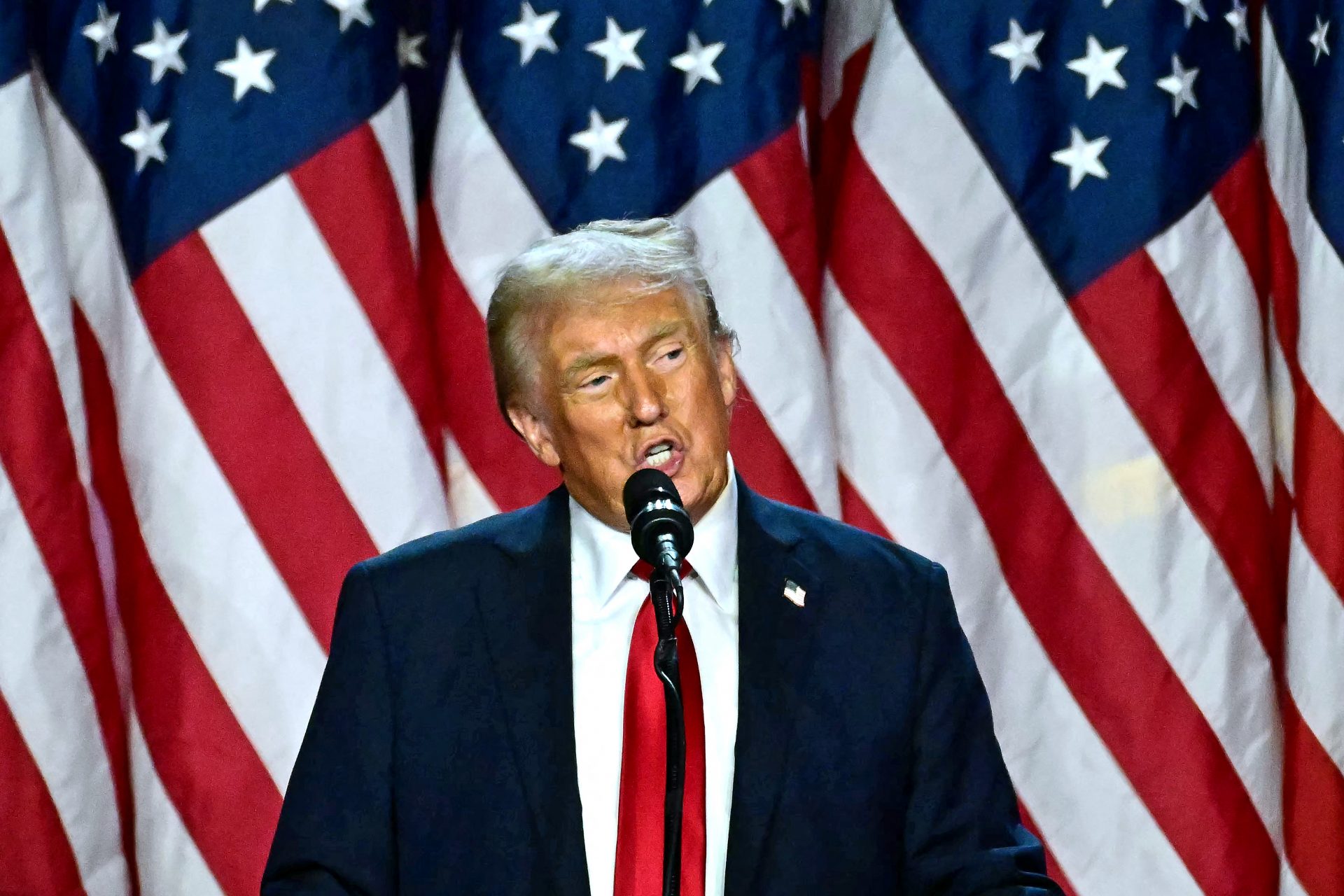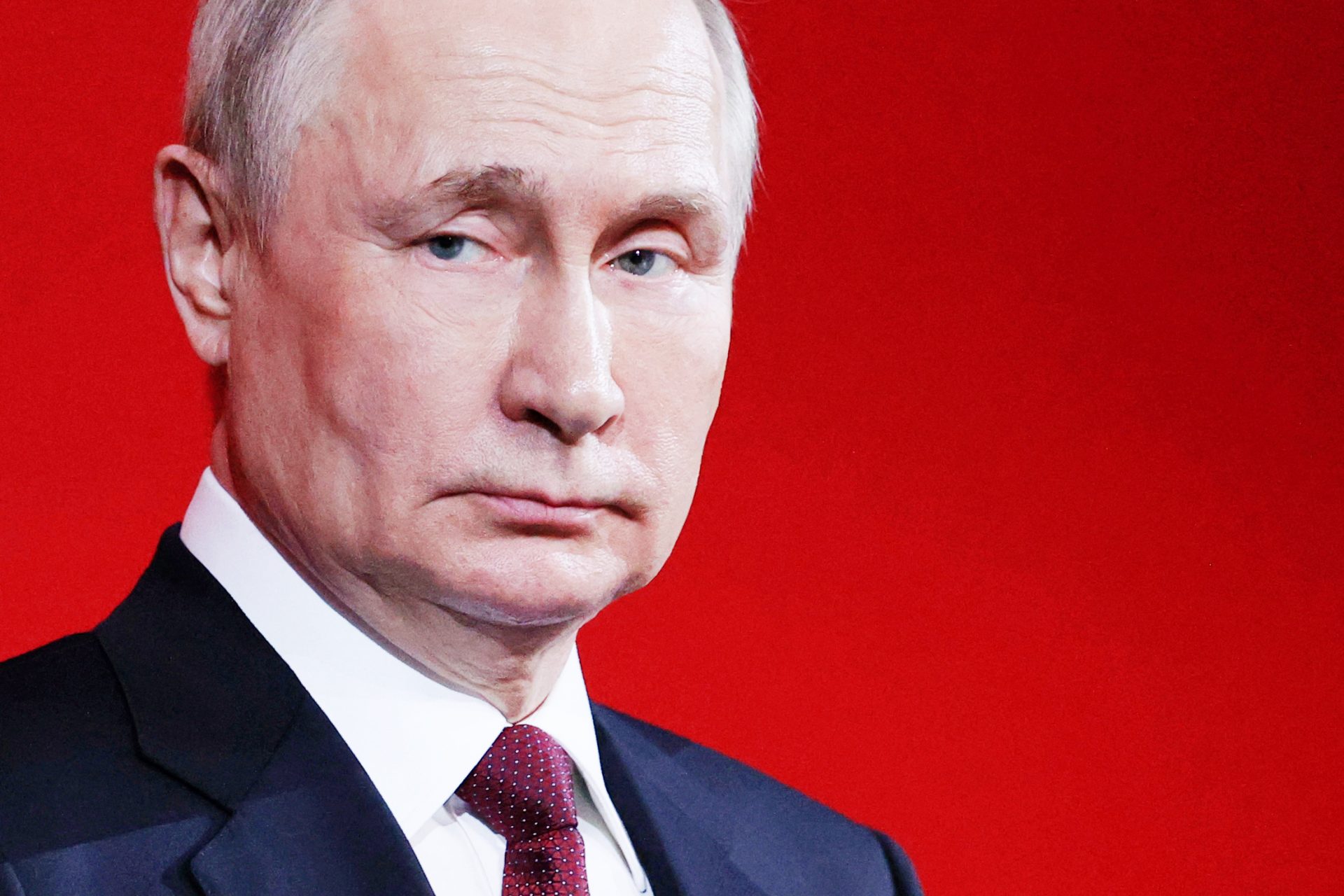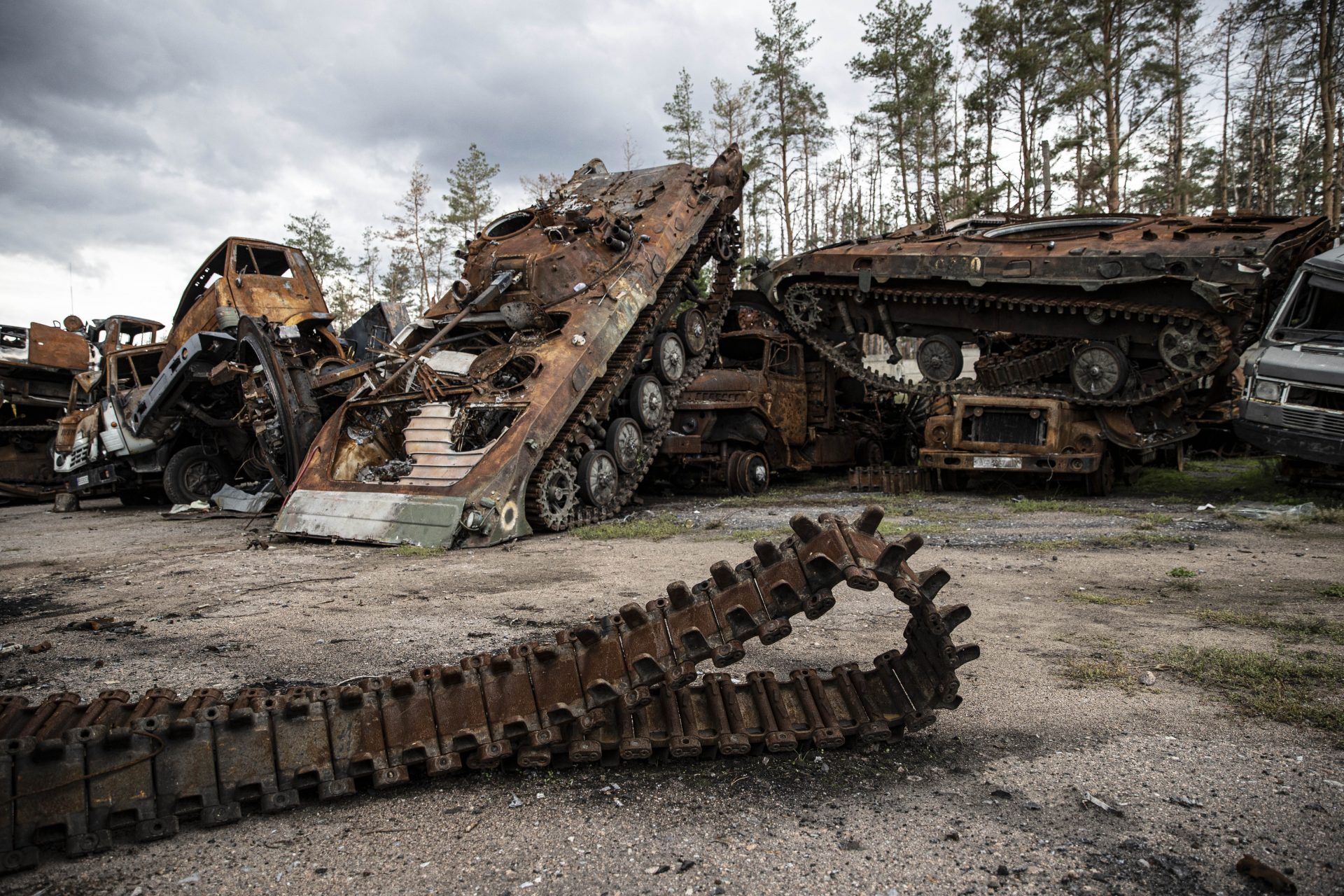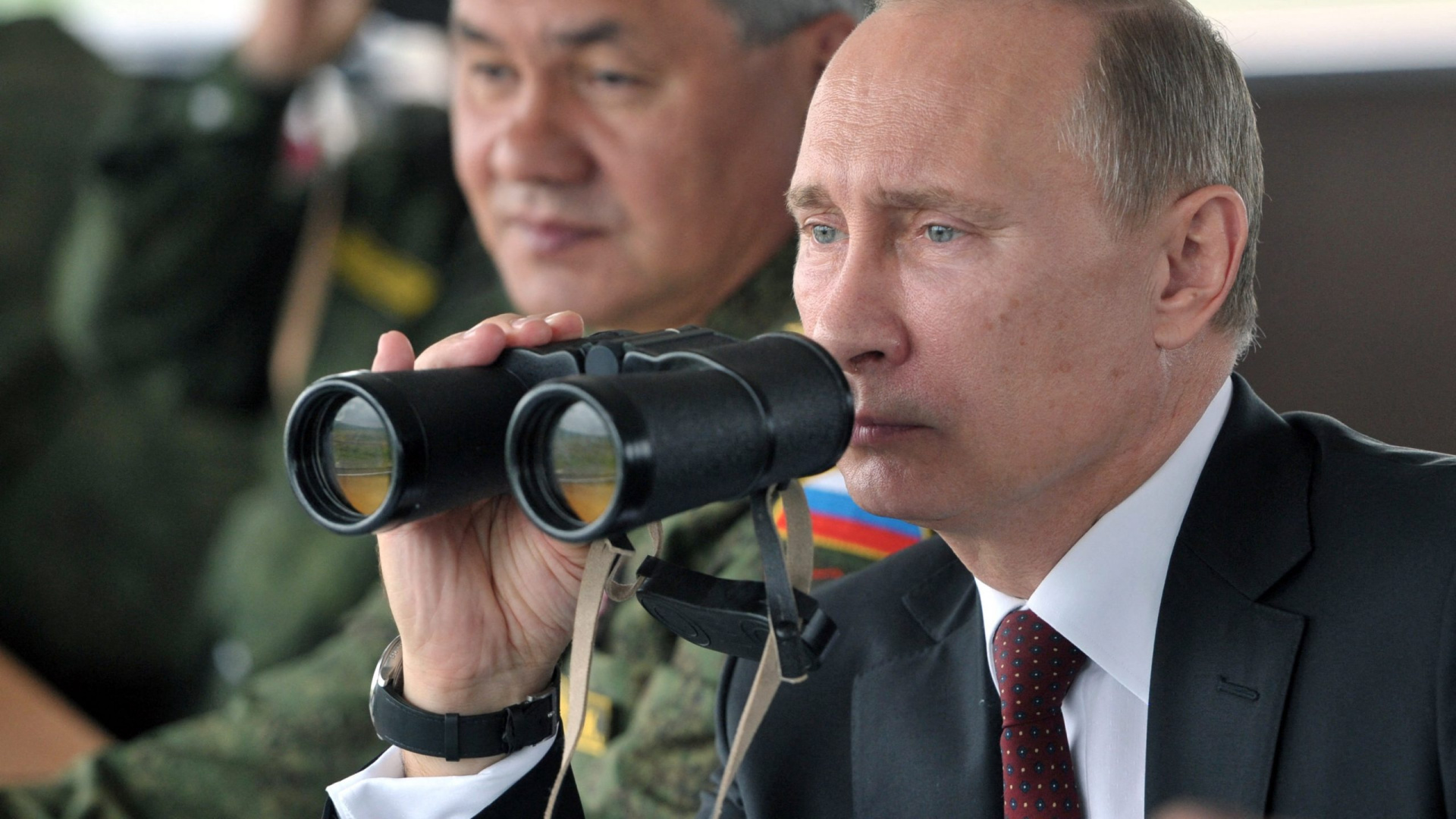Secrets of the Vatican and surprising facts about the Popes of history
The Catholic Church has 2,000 years of history and is one of the most famous institutions in the world. Yet, few people know how it works internally. The Vatican is in many ways a mysterious place. Read more about it in this gallery!
To elect a new Pope, the Cardinals meet in a conclave where they are isolated from the rest of the world. This tradition, made to avoid political pressure from the outside, has existed since the 13th century.
In the 14th century, Popes resided outside the Vatican. The city of Avignon in France became famous for its Pope's Palace. Over the course of nearly 70 years, the supreme heads of the Catholic Church were French.
Since 1505, the Vatican has been protected by the Pontifical Swiss Guard, known for its colorful uniforms. At the time, Swiss mercenaries were considered to be the most formidable in Europe. Now, they form the second smallest army in the world, after that of Monaco.
In 1590, the new Pope, Urban VII, contracted malaria and died twelve days after being elected. It was the shortest Pontificate in two millennia. The conclave had to meet twice in one month.
Despite their solemn jobs, Popes sometimes make jokes. John XXIII said on one occasion: "Sometimes at night I think about very serious problems. Then I tell myself that I should talk to the Pope about the matter. But later, when I wake up, I realize that the Pope is me!"
Pope John XXIII also allegedly joked: "Anyone can become the Pope, I am the proof of that!"
The Vatican has its own soccer team, created in 1972. The Vatican Football Team played its first international match in 1994 against San Marino, another microstate on the Italian peninsula. The result of the match: a draw!
Elected in 1978, John Paul II was the first non-Italian Pope in 450 years. He was also the first to come from an Eastern European country. John Paul II did not master Italian perfectly, and so he famously spoke from the balcony of St. Peter's Cathedral: "Correct me if I'm wrong."
His Pontificate lasted 26 years and is the third-longest in history, after Saint Peter and Pius IX in the 19th century.
John Paul II traveled to 129 countries (more than all of his predecessors combined) and preached to millions of people. He also broke the record of beatifications and sanctifications.
Victim of a firearm attack, in 1981, John Paul II acquired the habit of circulating amid the crowd in a small vehicle specifically designed for him. It's the famous 'Popemobile.'
In 2002, the New York Post revealed that John Paul II had performed three exorcisms: the first in 1981, with a woman convulsing on the floor, the second in 2000, with an enraged woman in St. Peter's Square, and the last one in 2001.
Benedict XVI, the first German pope since the 11th century, succeeded John Paul II in 2005. He is best known for stepping down from his role rather quickly. Benedict was the first to do this - nine others had - but the last pope to resign was 600 years ago. The German pope announced his decision (in Latin!) in February 2013.
If Benedict XVI had not resigned, he would be a record-holder now, as the oldest pope in history. The achievement would have taken place in September 2020, the date on which he turned 93.
His Argentine successor brought much news. For starters, he was the first South American Pope in history. In addition, he was the first to be called Francisco. The new pope's appointment was as innovative as his Pontificate would be.
Pope Francis has taken a stand against the more traditional ideals of the Church. He is always in favor of immigrants, minorities, ecology, and against the power of money. This earned him some criticism, but above all, it increased the support of millions of Catholics around the world.
As a young man, Pope Francis used to play basketball, but his favorite sport to watch is football. He is a fan of Club Atlético San Lorenzo de Almagro from Buenos Aires. They are nicknamed 'El Ciclón.'
More for you
Top Stories































